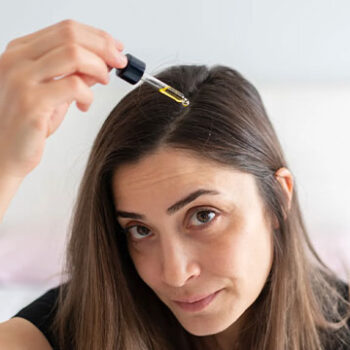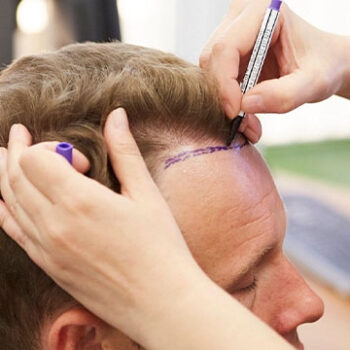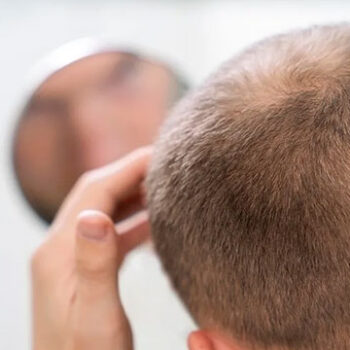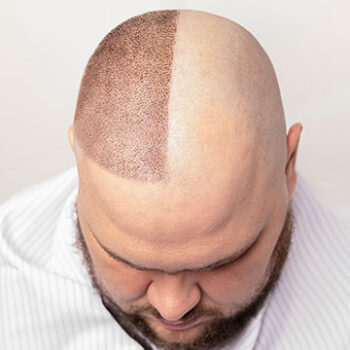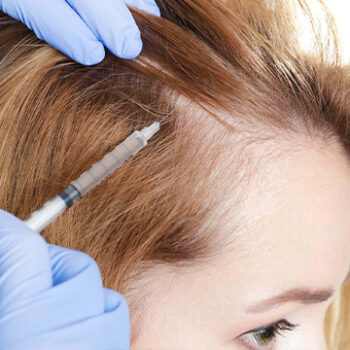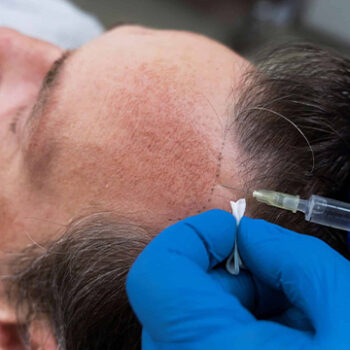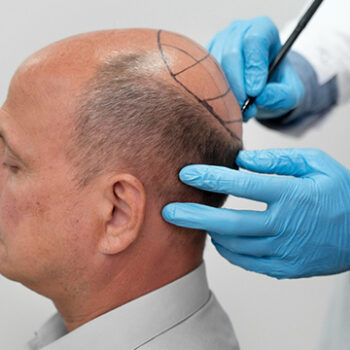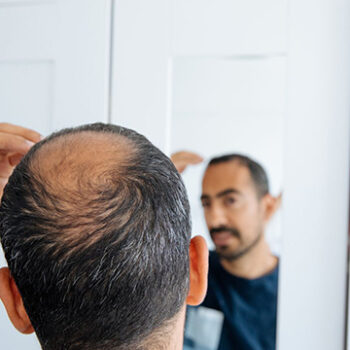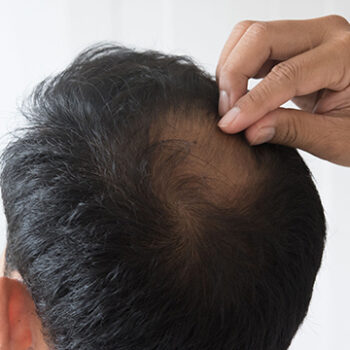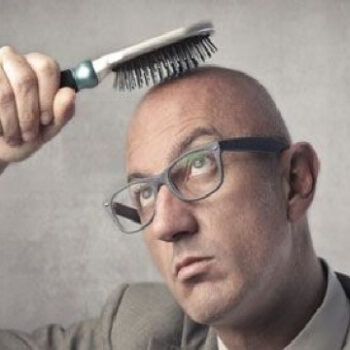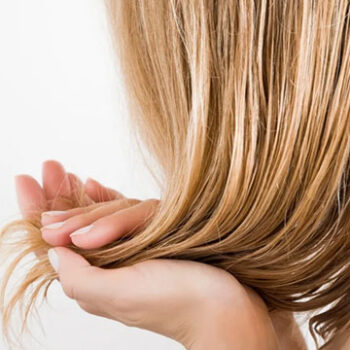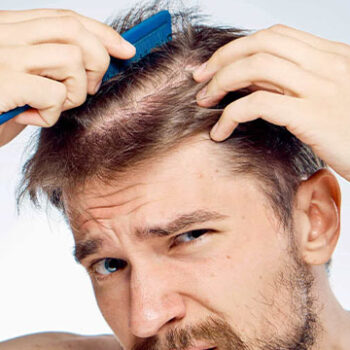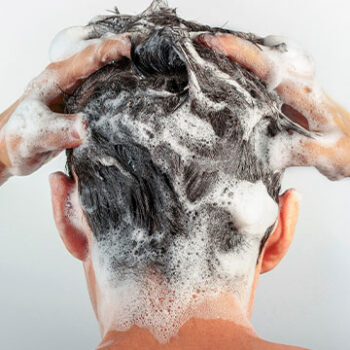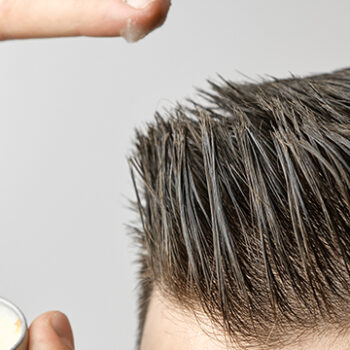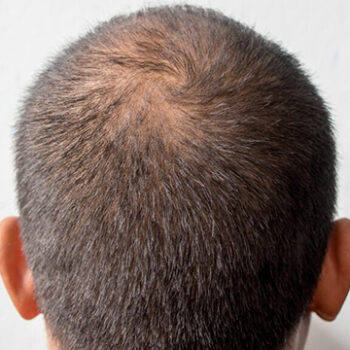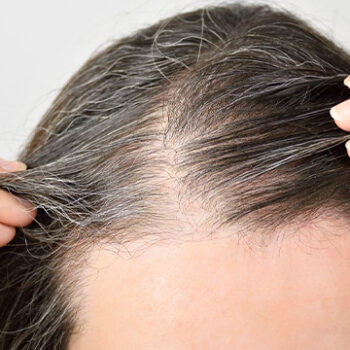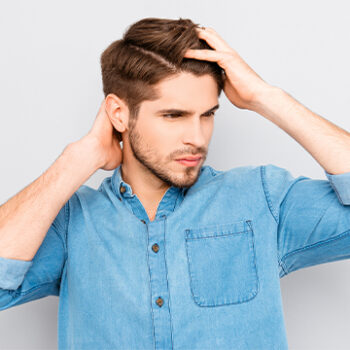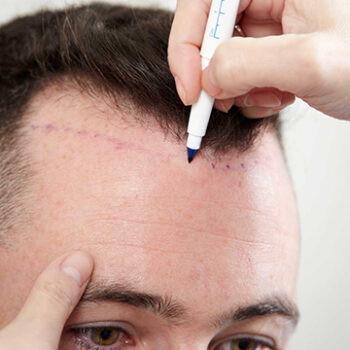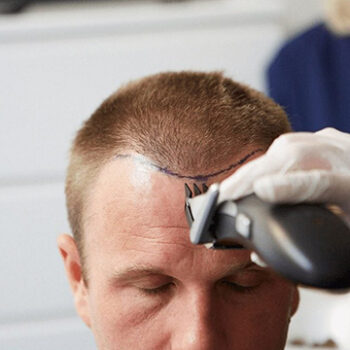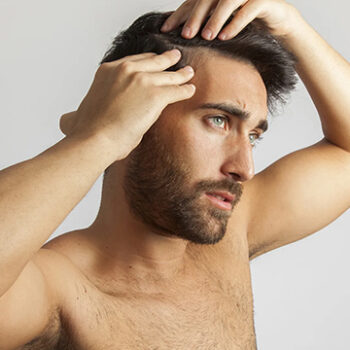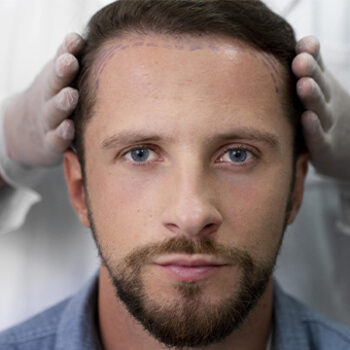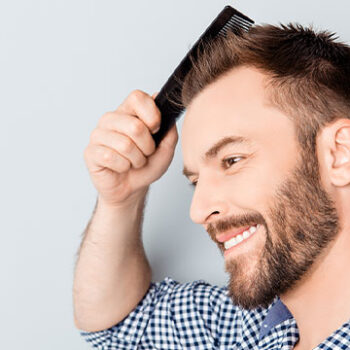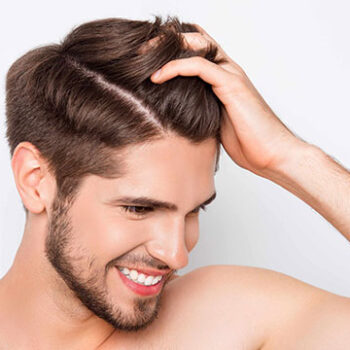Do Hair Care Oils Damage Hair?
There is great confusion in society regarding hair care oils. While they are presented as indispensable elements of natural and effective hair care on one hand, there is concern that they may damage hair on the other. This situation is a dilemma created by modern approaches against traditional hair care methods that have been used for thousands of years. Today, making the right choice among hundreds of different hair oil products available in the market and understanding their real effects is of critical importance. This comprehensive analysis will examine the real effects of hair care oils on hair health in light of scientific data.
Chemical Structure and Mechanism of Action of Hair Care Oils
To understand the effects of hair care oils on hair, it is first necessary to examine their chemical structures and mechanisms of action in detail.
Molecular structure analysis is the fundamental factor that determines the effect of hair oils. Natural oils mostly consist of triglycerides, fatty acids, and various bioactive components. The size of these molecules directly affects their ability to penetrate the cuticle layer of the hair strand.
Penetration depth varies according to the type of oil. Oils with low molecular weight such as coconut oil can penetrate to the cortex layer of the hair strand, while heavy molecular weight oils only remain on the hair surface. This situation is important in terms of both benefit and potential harm.
Hair cuticle interaction is a critical process. The cuticle, which is the outermost layer of the hair strand, consists of overlapping keratin plates. Oils can soften these plates causing them to open, which can lead to moisture loss or excessive moisture absorption.
Disruption of protein-lipid balance is one of the most serious consequences of wrong oil use. The hair strand has a specific protein-moisture-lipid balance, and disruption of this balance can lead to permanent damage to hair structure.
Comparative Analysis of Natural vs. Synthetic Oils
Hair care oils are basically divided into two categories as natural and synthetic, and each has its own advantages and disadvantages.
Molecular complexity of natural oils makes them both more effective and potentially riskier. Natural oils such as argan oil, jojoba oil, and coconut oil contain vitamin E, phenolic compounds, and essential fatty acids. This complex structure can lead to unexpected reactions alongside beneficial effects.
Standardization of synthetic oils gives more predictable results. Silicone-based oils (dimethicone, cyclomethicone) have controlled formulations and form a uniform layer on the hair surface. However, these oils can accumulate in the long term and “suffocate” the hair strand.
Molecular size differences determine penetration depth. Jojoba oil is technically a wax ester and has the molecular structure closest to hair structure. Therefore, it is considered the least harmful natural oil.
Oxidation sensitivity is an important disadvantage of natural oils. Oils containing polyunsaturated fatty acids (flaxseed oil, fish oil) oxidize rapidly and can cause irritation on the scalp.
Evaluation of Oil Effects According to Hair Types
Different hair types react differently to hair care oils, and this situation significantly affects the damage potential.
In oily hair structure, additional oil application can increase sebum production. In people with seborrheic dermatitis tendency, oil use can cause malassezia yeast proliferation, triggering scalp problems. This situation can result in hair loss and scalp inflammation.
In dry and damaged hair, oils are generally beneficial, but wrong application can cause damage. Excessive oil use can weigh down hair strands, increasing breakage. Especially in chemically treated hair, the effect of oils on protein balance should be carefully evaluated.
Fine hair is the most sensitive hair type to oils. Heavy oils cause hair strands to collapse and lead to volume loss. Additionally, fine hair strands show oil accumulation more quickly and create a need for frequent washing.
Thick and curly hair generally responds well to oils, but distribution problems may occur. Inability to distribute oil evenly can lead to excessive oiliness in some areas and insufficient moisturizing in others.
Damage Caused by Wrong Use
Wrong use of hair care oils can lead to serious hair problems.
Follicular clogging is one of the most common problems. Application of heavy molecular weight oils to the scalp can clog follicle openings, causing inflammation. This condition leads to folliculitis and subsequent hair loss.
Protein-moisture imbalance causes permanent damage to hair structure. Excessive oil use can weaken protein bonds in hair strands and disrupt hair elasticity. This condition results in hair breakage and dull appearance.
Microbiome disruption disturbs the natural bacterial balance of the scalp. Oily environment creates ground for harmful microorganisms to proliferate and can lead to various scalp infections.
Chemical reaction risk is especially high in oils containing essential oils. Components such as limonene and linalool can cause contact dermatitis and develop scalp sensitivity.
Allergy and Sensitivity Risk Assessment
Hair care oils can create various allergic reactions and sensitivity problems.
Contact dermatitis is the most common reaction. Especially oils sourced from nuts (hazelnuts, almonds) can cause serious reactions in allergic individuals. This condition can be triggered even by contact alone and can lead to systemic reactions.
Phototoxic reactions can be seen in products containing citrus essences such as bergamot oil and lemon oil. These components that interact with UV light can cause burn-like lesions on the scalp.
Cumulative sensitivity develops as a result of long-term use. An oil that initially causes no problems can create problems with the development of sensitivity over time. This condition is especially common in products containing perfume and preservatives.
Cross-reactivity is seen between substances with similar chemical structures. People who develop sensitivity to one oil may also react to other oils with similar structures.
Consequences of Application Technique and Dosage Errors
Correct application technique is critical to get maximum benefit from hair care oils and minimize harm.
Excessive dosage use is one of the most common mistakes. The logic of “more oil, more benefit” is completely wrong and creates reverse effects. Excessive oil weighs down hair strands, clogs pores, and creates an unaesthetic appearance.
Wrong application area selection leads to serious problems. In people with oily scalp, applying oil to the root area can trigger seborrheic dermatitis and hair loss. Oils should generally be applied to the middle and end parts of hair.
Insufficient cleaning is the most important cause of oil accumulation. When oil is not cleaned with appropriate shampoo after application, it accumulates on hair strands and scalp. This condition creates ground for bacterial proliferation.
Wrong timing application reduces effectiveness or can cause harm. Applying oil to wet hair prevents penetration, while applying excessive oil to dry hair creates imbalance.
Specific Risk Profiles of Different Oil Types
Each hair oil has its own risk profile, and knowing these profiles is necessary for safe use.
Coconut oil is one of both the most beneficial and potentially riskiest oils due to its high penetration ability. It can cause excessive protein loss in hair with protein sensitivity. Additionally, it can create problems on acne-prone scalp due to its comedogenic properties.
Argan oil is generally considered safe, but its high oleic acid content can cause a feeling of heaviness in some hair types. Additionally, fake argan oils found on market shelves can cause harm by containing chemical additives.
Jojoba oil is technically a wax ester and is one of the safest options. However, due to its high price, there are many imitation products in the market that may contain harmful chemicals.
Castor oil can weigh down hair strands due to its dense structure and accumulates with frequent use. Its ricinoleic acid content can cause irritation in some people.
Essential oil mixtures constitute the riskiest category. Essences such as tea tree oil and rosemary oil can cause serious irritation and hair loss if not properly diluted.
Hair Chemical and Oil Interactions
Oil use in chemically treated hair requires special attention.
In colored hair, oil use can cause color fading. Especially oils with high penetration ability can remove dye molecules from hair strands. This condition is more pronounced especially in fashion colors (blue, pink, purple) such as temporary dyes.
In hair treated with perm and relaxer, oils can affect chemical bonds. The presence of oil during the disulfide bond rearrangement process can reduce treatment effectiveness or lead to unexpected results.
In hair treated with keratin treatment, oil use can shorten treatment duration. The presence of oil during the process of keratin molecules binding with hair strands can prevent or weaken binding.
After bleach treatment, hair strands are in maximum damaged condition, so oil selection is of critical importance. Wrong oil use can accelerate protein loss and increase hair breakage.
Long-Term Effects on Scalp Health
Long-term effects of regular oil use on scalp health require comprehensive evaluation.
Sebum production changes are one of the most important consequences of long-term oil use. External oil application can affect the natural oil production mechanism of the scalp. This condition can cause excessive dryness or compensatory oiliness when oil use is discontinued.
Microbiome changes affect the scalp ecosystem. Constant oil presence can disrupt natural bacterial and fungal balance. This change can lead to scalp sensitivity and various dermatological problems in the long term.
Follicle health changes are the most critical issue. Constant oil accumulation can cause clogging in follicle openings, accelerating the miniaturization process. This condition is even more critical especially in individuals at risk for androgenetic alopecia.
Scalp pH changes can affect the natural acid mantle. The scalp is naturally acidic (pH 4.5-5.5) and this condition protects microbial balance. The alkaline structure of some oils can disrupt this balance.
Safe Use Guide and Recommendations
Safe use of hair care oils requires a scientifically based approach.
Patch test application must be done before using any oil. A small amount of oil should be applied to the back of the ear or inner wrist and observed for 24-48 hours to check for any reaction.
Dosage control is of critical importance. Usually 1-2 drops of oil are sufficient for medium-length hair. Excessive use is problematic both economically and in terms of hair health.
Application frequency should be adjusted according to hair type. Oily hair type can apply oil once a week, normal hair twice a week, and dry hair three times a week.
Correct cleaning protocol must be followed after oil application. Using clarifying shampoo prevents oil accumulation and protects hair health.
Alternative Hair Care Methods
Alternative hair care methods can be considered in cases where oil use is risky.
Protein treatments can be an oil alternative for damaged hair. Hydrolyzed protein molecules provide strengthening by filling gaps in hair strands. This method is especially effective for chemically damaged hair.
Hyaluronic acid serums provide oil-free moisturizing. They maintain moisture balance without weighing down hair strands and are ideal especially for fine hair.
Ceramide complexes repair hair cuticles and prevent moisture loss. They can reduce oil need by supporting the natural lipid barrier.
Amino acid treatments strengthen hair structure and reduce oil dependency. Products containing especially cysteine and keratin precursors are effective.
Professional Recommendations and Quality Standards
Understanding quality standards and professional recommendations is crucial for safe oil use.
Product certification ensures oil purity and quality. Cold-pressed, organic, and third-party tested oils generally offer higher safety profiles than mass-market alternatives.
Ingredient transparency helps identify potential allergens and harmful additives. Products with complete INCI listings allow consumers to make informed decisions about ingredients they may be sensitive to.
Storage and shelf life considerations affect oil safety and efficacy. Oils should be stored in cool, dark places and used within recommended timeframes to prevent rancidity and oxidation.
Professional consultation is recommended for individuals with scalp conditions, severe hair damage, or multiple product sensitivities. Dermatologists and trichologists can provide personalized recommendations based on individual hair and scalp analysis.
Scientific Research and Evidence-Based Conclusions
Recent scientific studies provide valuable insights into hair oil safety and efficacy.
Clinical trial data shows that properly selected and applied hair oils can improve hair moisture content, reduce protein loss, and enhance overall hair appearance. However, studies also confirm that excessive use or inappropriate oil selection can lead to scalp problems and hair damage.
Microscopic analysis of hair treated with various oils reveals that molecular size and composition significantly affect penetration patterns and potential for cuticle damage. This research supports the importance of matching oil type to individual hair characteristics.
Long-term safety studies indicate that moderate use of appropriate oils poses minimal risk for most individuals, while highlighting the importance of patch testing and gradual introduction of new products.
Conclusion and Recommendations
Whether hair care oils damage hair depends on usage method, hair type, product quality, and individual factors. In light of scientific data, it is seen that quality oils that are correctly selected and appropriately used are beneficial for hair health. However, wrong use, poor quality products, and inappropriate hair type matches can lead to serious damage.
For safe use, patch testing must be done, dosage must be controlled, and products suitable for hair type must be selected. If any adverse reaction develops, use should be discontinued immediately and expert opinion should be sought if necessary. It should not be forgotten that even the most natural product can cause harm when used incorrectly, and the safest approach is to get expert advice and start gradual use.
Hair care oils can be an effective care tool when used correctly, but it should not be forgotten that the concept of “natural” does not mean “harmless.” Scientific approach, careful observation, and selection appropriate to individual needs are the keys to getting maximum benefit from hair care oils.
The key to successful hair oil use lies in understanding your specific hair type, choosing high-quality products, following proper application techniques, and maintaining realistic expectations about results. When these factors are properly addressed, hair oils can indeed be valuable additions to a comprehensive hair care routine rather than sources of damage.

 English
English Français
Français Deutsch
Deutsch Türkçe
Türkçe 中國人
中國人
